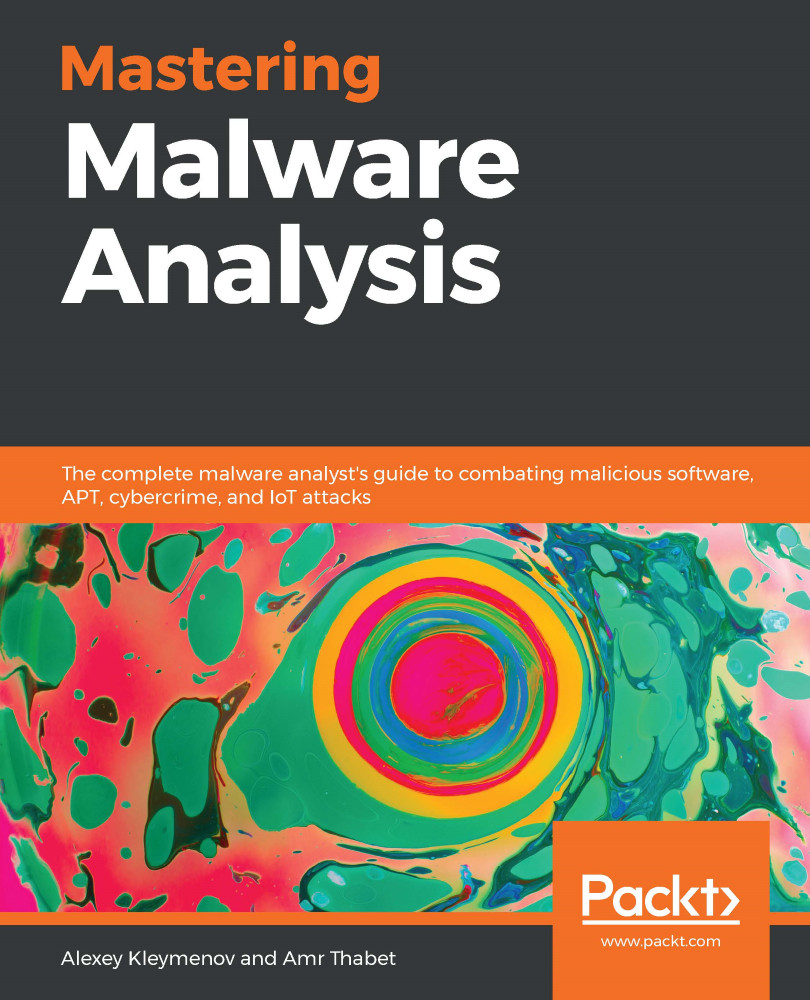-
Book Overview & Buying

-
Table Of Contents
-
Feedback & Rating

Mastering Malware Analysis
By :

 Sign In
Start Free Trial
Sign In
Start Free Trial

In this section, we will cover the code libraries that were introduced to speed up the software development process, avoid code duplication, and improve the cooperation between different teams within companies producing software.
These libraries are a known target for malware families as they can easily be injected into the memory of different applications and impersonate them to disguise their malicious activities.
First of all, let’s talk about the different ways libraries can be used.
With the increasing number of applications on different operating systems, developers found that there was a lot of code reuse and the same logic being rewritten over and over again to support certain functionalities in their programs. Because of that, the invention of code libraries came in handy. Let’s take a look at the following diagram:

Figure 3.9 – Static linking from compilation to loading
...
